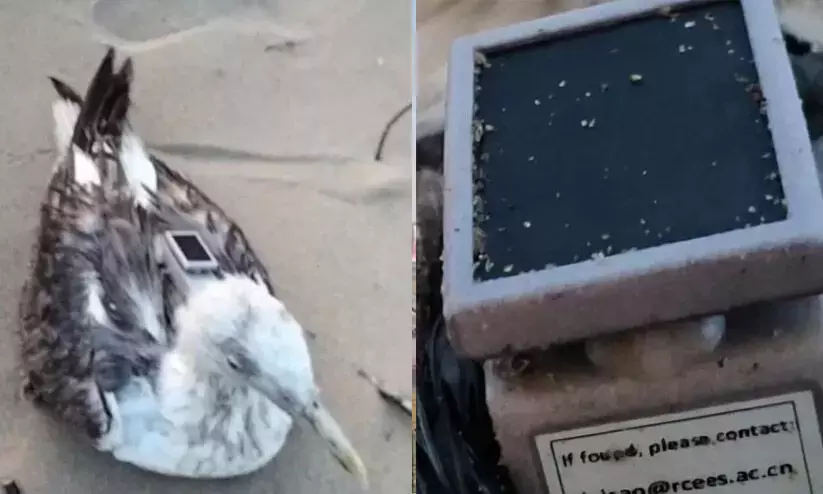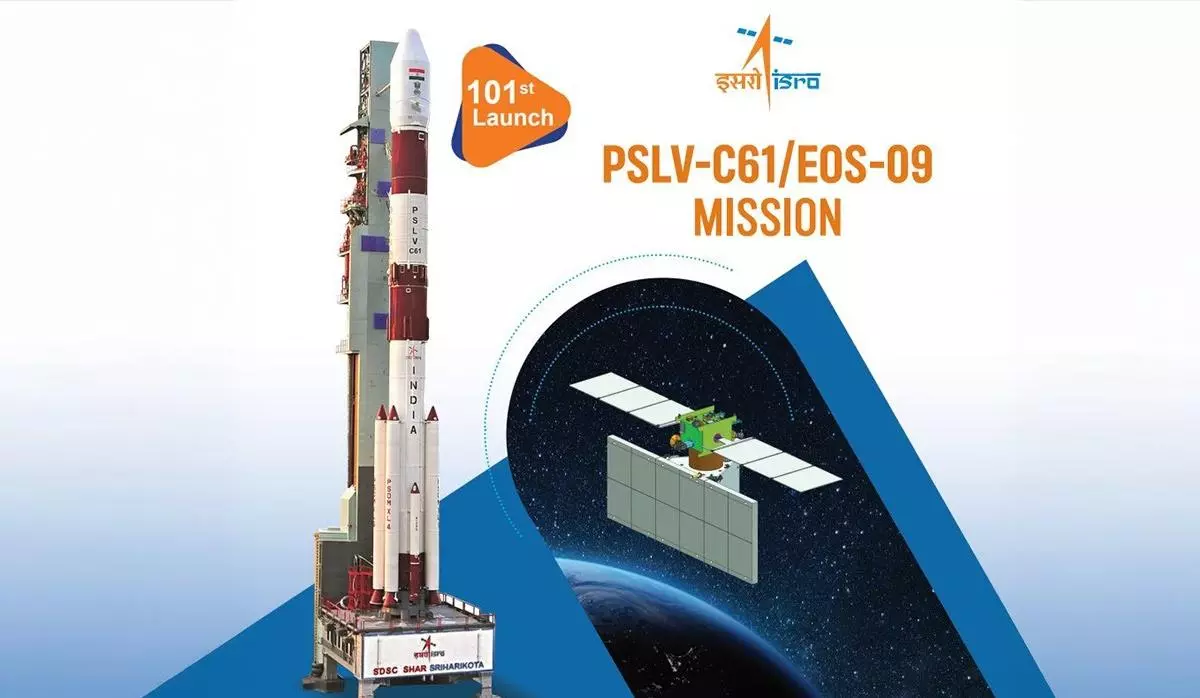
ISRO begins countdown for PSLV-C61 launch with EOS-09 onboard
text_fieldsPhoto Credit: ISRO via YouTube
Sriharikota: The Indian Space Research Organisation (ISRO) commenced the 22-hour countdown for the launch of its PSLV-C61 mission on Saturday, ahead of the scheduled lift-off of an Earth Observation Satellite (EOS-09) from the first launch pad at Sriharikota. The launch is set for 5.59 am on May 18 and marks the 101st mission of the Bengaluru-headquartered space agency.
Sources from ISRO confirmed, “The countdown started at 7.59 am on Saturday. It is a total 22-hour countdown.” This will be the 63rd flight of the Polar Satellite Launch Vehicle (PSLV).
The PSLV-C61 will carry the Earth Observation Satellite EOS-09 (also called RISAT-1B), which has been designed to capture high-resolution images of the Earth’s surface in all weather conditions. With its round-the-clock imaging capabilities, the satellite will support critical sectors including agriculture, forest monitoring, disaster management, urban planning, and national security.
Weighing approximately 1,696.24 kilograms, EOS-09 is part of India’s constellation of Earth Observation satellites aimed at expanding real-time coverage across the country. It is a follow-on to the earlier RISAT-1 mission and complements data collected from satellites in the Resourcesat, Cartosat, and RISAT-2B series.
EOS-09 is also a repeat satellite of EOS-04, which was launched in 2022. The new satellite is intended to provide consistent remote sensing data to users involved in operational applications and will improve the frequency and continuity of earth observation.
After launch, the PSLV-C61 will place EOS-09 into a Sun Synchronous Polar Orbit (SSPO) approximately 17 minutes into its flight. Once the satellite is separated in the desired orbit, scientists will use the Orbit Change Thrusters (OCT) onboard to further reduce the satellite’s altitude.
The mission life of EOS-09 is planned for five years. ISRO has ensured that a sufficient quantity of fuel has been reserved for post-mission operations, including de-orbiting the satellite. This manoeuvre will lower the satellite to an altitude that allows for its atmospheric decay within two years, aligning with ISRO’s commitment to maintaining a debris-free space environment.
With PTI inputs
























